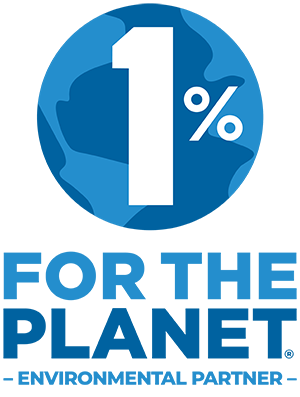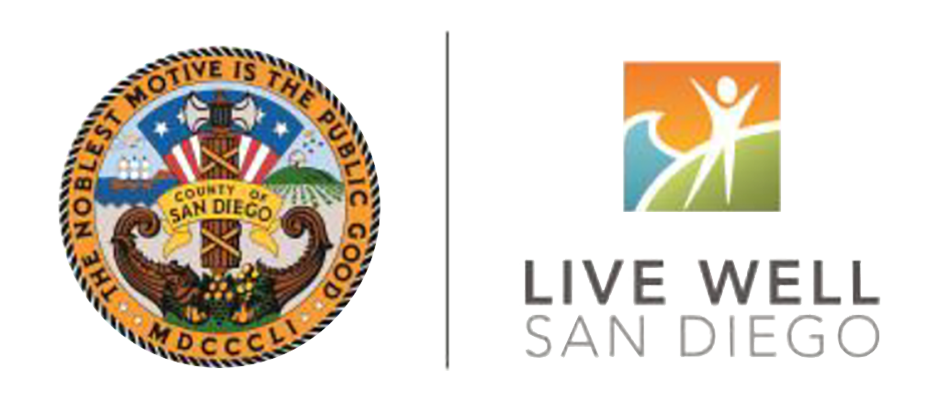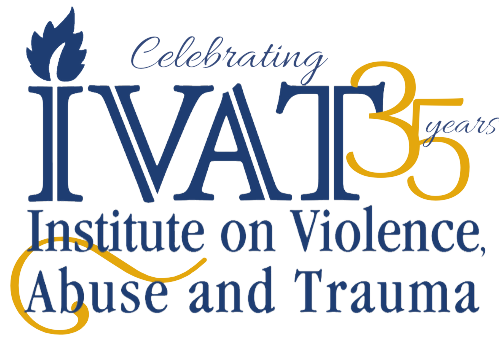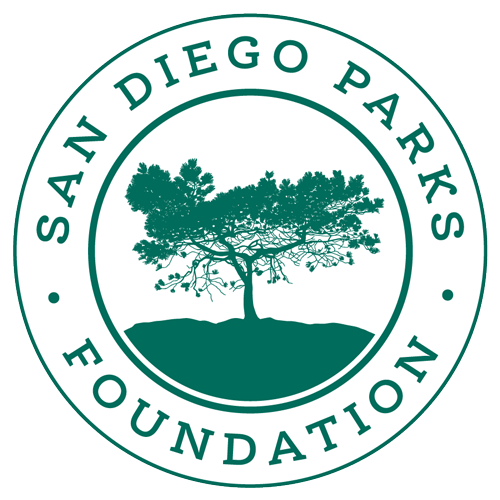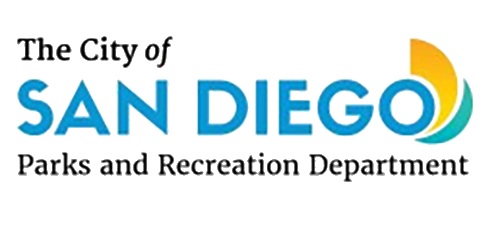Focusing on Safety & Smiles for our kids.
Here is my checklist when I go through a surf camp. The biggest things for the day are safety and smiles.
Before and during the surf camp identify boundaries and hazards. What is our surf and weather forecast? What is the tide going to do and how will that affect our participants ability to surf today (low tide shore break, high tide outer sandbar breaks)? Is it a good swell and there are tons of people coming out here today?
Boundaries:
Do we have flags set up on the beach or a marker (building, palm tree, tent) to identify where our boundaries are. If an instructor and participant get outside of those boundaries, come in to the beach (after the next wave or something like that) and walk up the beach to stay within the boundaries. This is especially important when there is a longshore current pulling everybody down one way or another. Call them in using hand signals or gestures.
Hazards:
Drivers and cars (FL beaches) going to and from the water. Pylons or reef, large rocks in the water, other surfers, boogie boarders or swimmers, stingrays or other sea creatures, and rip currents all represent hazards to watch for, maintain distance from and adjust boundaries as needed. If we need to reset our boundaries during a tide change because an area within our space has developed a rip current, let’s do that.
Hand signals:
Because of our distance from participants and the noises in the water (wind, waves crashing, etc.) we’ll try to use hand signals whenever necessary to communicate. I’ll go over some of this in a video, but:
Two hands waving overhead is the universal sign for help.
Two hands ‘marshalling’ left or right in the same motion mean ‘go this way or that way’ `\`\ /`/`
One or two hands moving in a ‘come here’ manner mean ‘come in’ or ‘move in’
A lasso in the air means “round ’em up” or ‘everybody out of the water’ for whatever reason (not after the next wave, but now).
If there’s an emergency where we need everyone out of the water, hopefully we have an airhorn or whistle AND do our lasso so everyone comes in right away. Might be lunch, might be end of day, might be something else.
Surfing:
Managing expectations is the key to everyone having fun. Each participant will have a different level of balance, dexterity, size and overall ability.
Laying on a board while in a wave is surfing.
Kneeling on a board on a wave is surfing.
Standing for a split second on a wave is surfing.
Every bit of it, every effort, every attempt (even just putting feet in the water or walking out to thigh or waist deep waves for some participants) is a milestone and should get encouragement and high fives. I try to high five any participant within reaching distance, they should feel like we’re all here for each of them, not just our one on one instructor/participant match.
If kids want to take a few minutes between every wave, go with it, it’s their day.
Encouragement gives our learners confidence to keep at it. “Awesome wave! You had that for a second there before you went down. Remember to stay low when you’re riding the wave, it’ll give you better balance. Good job, get some more! (high five).” Praise, followed by a small correction, followed up with praise and encouragement.
Participant Safety:
Instructors remain with their participant (hanging on the sand, playing on the land, etc.) until the session is over or the participant turns in their jersey and is handed off to their chaperone.
Lesson:
Q & A:
Have you ever surfed before? Do you know how to swim? If not, let’s stay in waist to chest deep water. If there’s an issue, stand up. If you can’t touch the bottom use your board (your flotation device).
Equipment:
Basics of a board – many of our participants have never surfed before, and don’t know the basics of a surfboard. A surfboard is just like a dog. It has a nose, a tail and a leash so it doesn’t get away from you. :0) The sides are called the rails. The bottom has plastic fins, they can hurt so be careful.
I like to say the center is where the stringer would be and being in the middle is from front to middle to back, or back to middle to front of the board. “Move up toward the middle of the board so the nose isn’t sticking out so much. The flatter you are in the water, the more balance you’ll have while paddling. If you lay in the center you won’t wobble to one side or the other as much.” If you lean forward a bit you go faster (gas), if you lean back a bit you go slower (brakes).
A leash attaches to your ankle (or calf) and it generally the length of the board. Be aware that when you come off of a wave (fall), your board is swinging it’s length plus the length of the leash away from you so be careful pushing participants into waves where swimmers or other surfers are in their zone. How do you get the leash off (show them) if I get stuck? What do you do when it gets wrapped around your ankles/feet/legs (show them)? Instructors, be careful of where that leash is when pushing a participant in the wave, don’t snap it around your ears or hand, it hurts.
Safety:
When heading out in to the water, keep your board between you and the shore, nose pointing out toward the waves, or by your side (nose pointing out toward the waves) until you mount it. If your board is between you and the next wave, especially if it’s sideways, then the next wave might knock it in to you and that can hurt. Shuffle your feet in case there are creatures that can scurry away instead of being stepped on.
The popup (stay low):
I use a triangle method of popup for lessons. A triangle is balanced on the bottom, sturdy. A participant should be lying on the board with their feet touching the tail of the board or hanging slightly over (adjusted for each person’s size) and chin in the center line of the board (logo? stringer?). Hands should be shoulder width apart at the rib cage, just below the chest, feet will be touching, together. Always look to where you want the board to go.
Ready? Keep your head up, feet together hands at your sides…
Step one: Push up with your hands in position lifting your chest and ribs off the board.
Step two: Push up slightly more and pull your front foot to replace where your belly button is in the center of the board, keeping your hands in position.
Step three: Twist your back foot up to the board while removing your hands and stay in your low, almost crouching position. If you feel like you’re going to fall, your hands are close to the board for a little more stability.
Step four: Adjust forward/backward with a little more/less weight on the front foot if needed to keep the board flat and planing.
That’s surfing.
Low stance, feet shoulder width apart.
Optional Step five for experienced participants:
Paddle out the back with them and show them how to select an oncoming wave, paddle in with them, give them a nudge when they take off and back out while they move down the line. Recognize failure points to help them grow (pop up sooner, two extra strokes will give you the speed you need to make that drop easier, etc.).
Straighten up, shuffle or cross step to the nose and hang five or ten.
One legged surfing.
Fun options:
Sit while surfing. I’ve pushed kids into waves where they were sitting on the board the whole time, frontwards or backwards, and it’s just as much if not more fun. I’ve also ridden tandem with surfers on one of our paddleboards for a fun time too. :0)
The push:
I always ask, ‘you ready for a wave?’, ‘ok, I’ll give you a countdown’. ‘Five, four, three, two, one’, push…. I give our newest participants a push so they don’t have to manage the ‘catching’ part of the surfing experience just yet. That little extra push and speed gives the board just a bit more balance as it moves along so they aren’t fighting a wobbly board when trying to pop up. If some of our participants can’t quite get it without being super wobbly, I’ll boogie on the back to keep the board stable while they pop up.
Pearling:
“Pearling” derived from pearl divers jumping in head first to deep water to search for pearls. We’re in shallow water so please, never, if possible, allow a participant to pearl. Take the next wave or wait longer, safety is key. If you feel a participant is about to get upended, lay on the back of the board and boogie board in for a few seconds until the wave evens out.
Falling:
Falling is part of surfing. All surfers fall before, during or after a wave at one time or another, it’s part of the process. Even professional surfers, surfers who have caught tens of thousands of waves, fall, it just doesn’t make the highlight reel. BUT, if you do a quick search of bloopers, you’ll see your favorite surfer do a late take off and eat it a few times before getting dialed on on a spot.
Falling safely is key, fall like a starfish. The flatter you are when you fall, the more surface area hits the water, the slower the impact toward the bottom will be. If you fall backwards, put your bottom down and hands out, tuck your chin in to your chest so you don’t hit the back of your head. If you fall face first and your hands are out, lift your chin up so your face doesn’t go into the sand. Fall softly. NEVER jump off your board head first. Your head, shoulder and neck area is fragile, especially when you’re in shallow water and the bottom, even if it’s just sand, is very hard when you’re falling into it.
Once you’re in the water cover your head with an ‘arm helmet’ and slowly let your feet and the bottom. Your hands should be around the back of your head, wrists about at your ears and your elbows in front of your face. Even though this is a foam board, it can hurt if it hits you in the face or head so instead, let it hit your hands or elbows. When you’ve surfaced and know where your board is and no other boards are coming at you, uncover your head and move toward your board.
Post Lesson:
Personal responsibility for our equipment should be a part of our lesson today and returning our equipment shows appreciation and respect. The instructor should bring the participant and their board back up to camp, wrap the leash around the board for easy pack up and storage, especially in the after lunch session.
Please make sure they wash/rinse their rash guard and wetsuit (if needed) and return a clean board to the grassy area for us to pack up later (rinse in the ocean is fine).
We don’t want to leave our board strewn about the sand to have to round up later.
Thank you, have fun.
Safety & Smiles :0)



